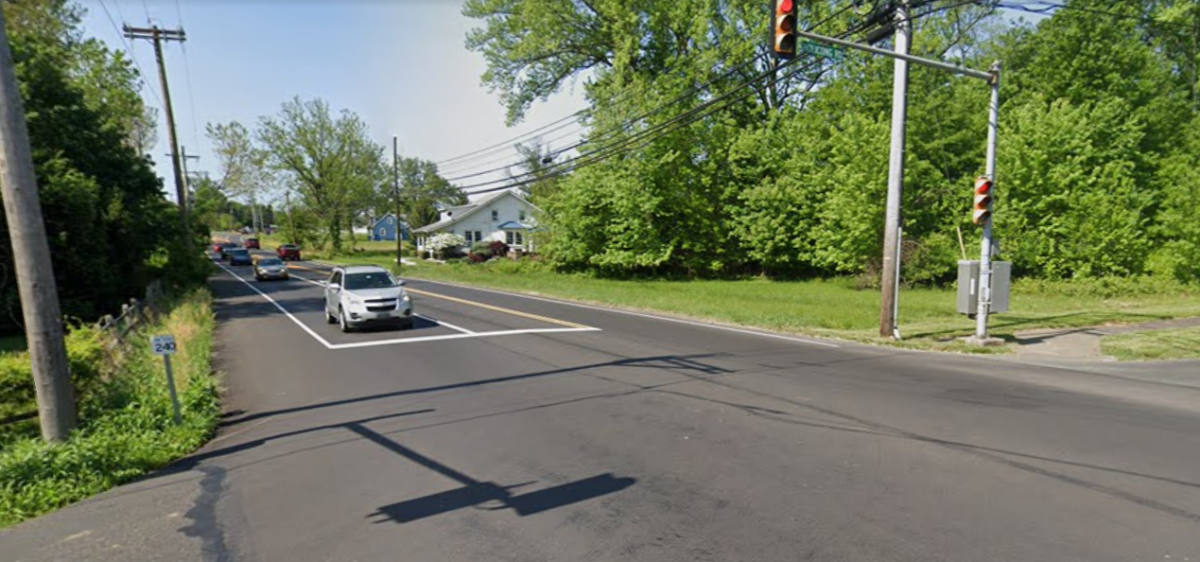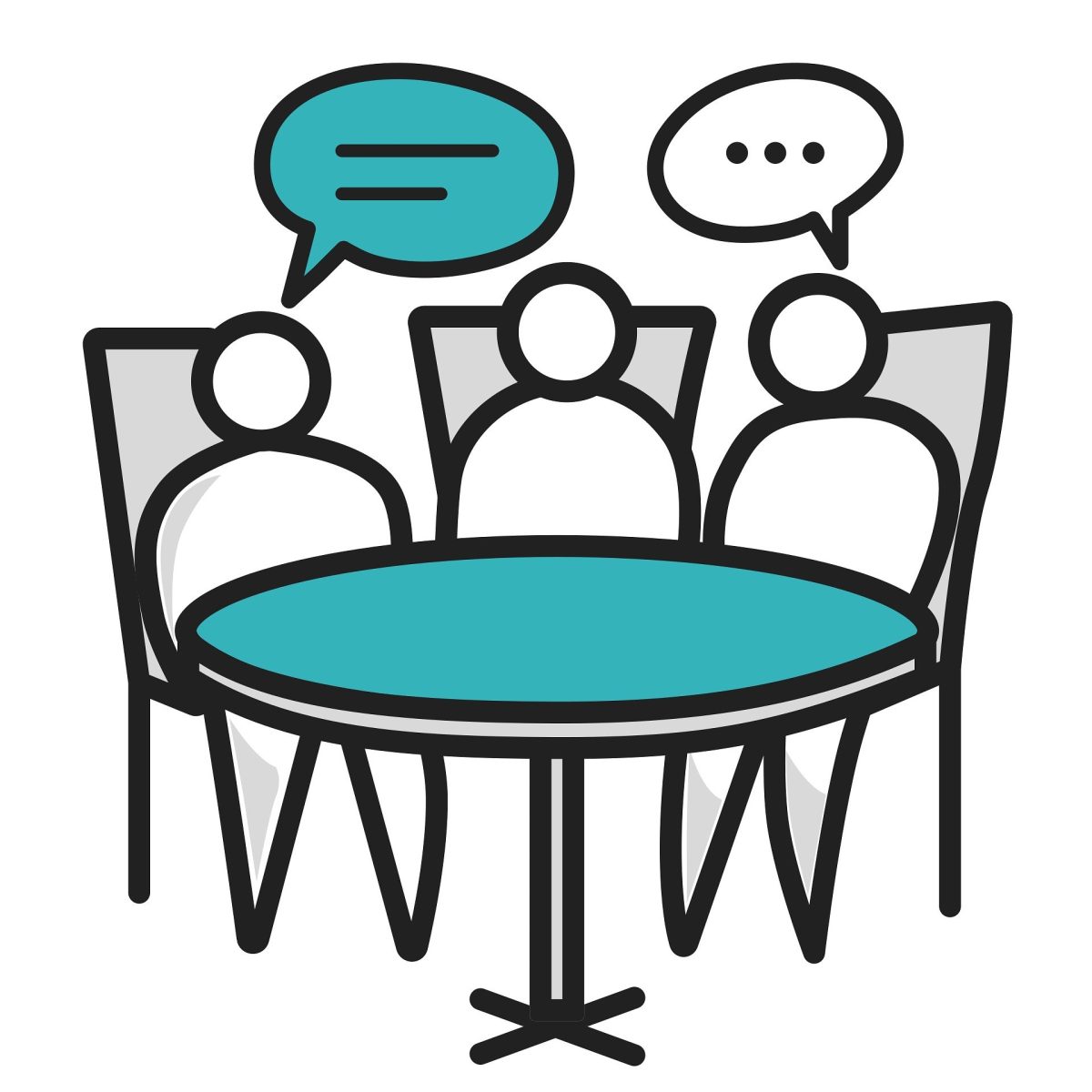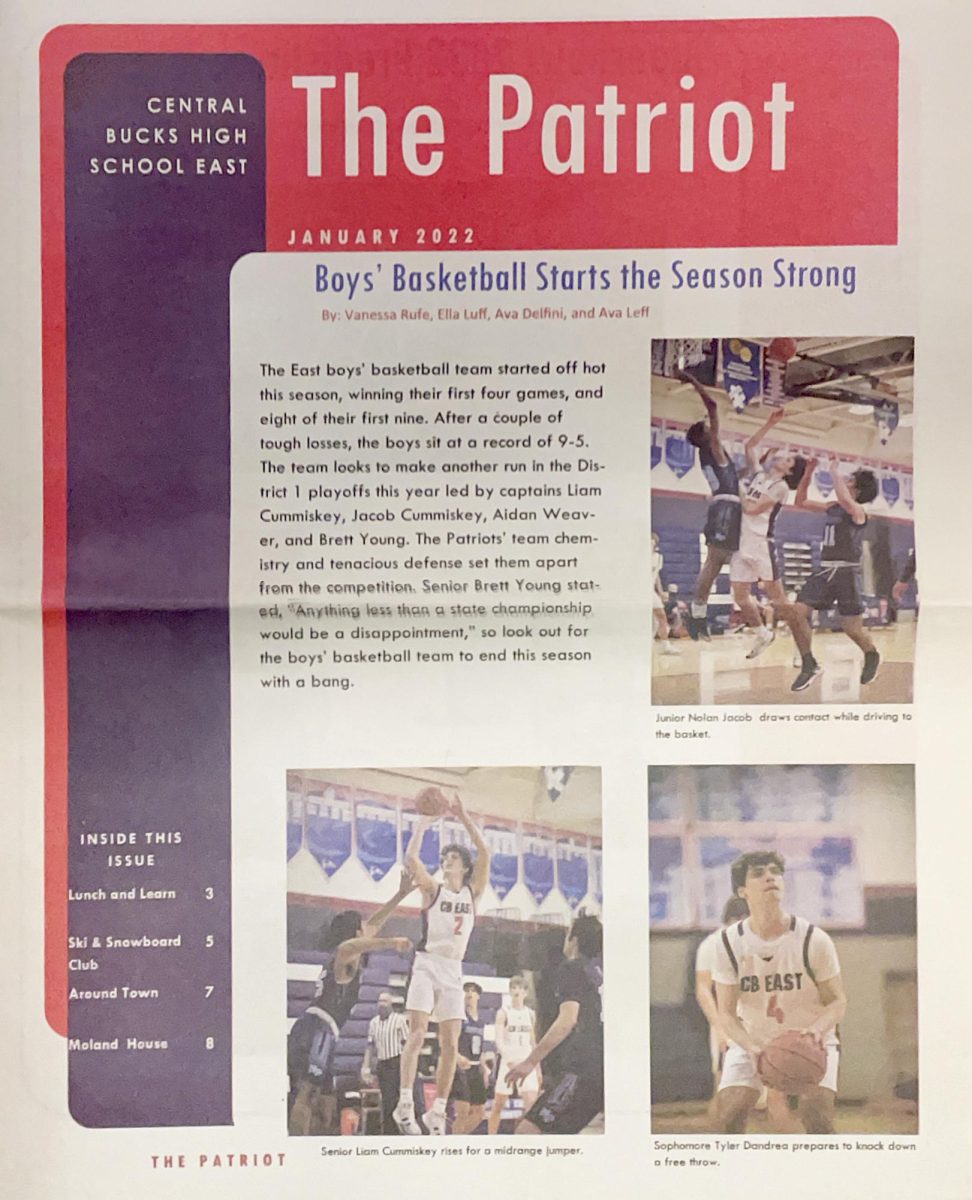
Neuroplasticity is the process when you learn a new skill or memory. Not only does it involve neurons, but also brain cells, such as glial and vascular cells. When we learn something new, our brain creates new connections and neuron pathways. When you continue to practice an activity whether that be drawing, playing a sport or instrument, or simply typing on a keyboard, your brain will either alter the framework of its neurons or increase the number of synapses between your neurons, allowing more efficient communication between pathways. Over the course of eight months, based on a plasticity study in the Journal of Neuroscience, the functional connectivity and structure of the brain changes once a skill is learned.
MUSCLE MEMORY
With enough practice and consistency, your body will develop muscle memory.
Muscle memory allows you to carry out motor skills and perform them without much needed effort. When you begin a new skill, such as squatting for instance, a region in the brain, known as the cerebellum,
will store new information of how to perform the motor skill. Neurons become activated in parts of your brain and connect the nervous system to the muscles they use through a neural pathway. The more you practice the skill, the more efficient you become. Even if you take a break from squatting, your neuromuscular system is already programmed to complete the movement. This is why we can still ride a bike and swim if we haven’t done either activity for a long period of time.
Another interesting occurrence is found in muscle cells. Once you begin training, your muscles will adapt and tear slightly, becoming stronger and bigger. A way to present this is by increasing the amount of muscle nuclei, also referred to as myonuclei, within the muscle cell. It was widely believed that if you stopped training y
our muscles, they would go to waste or begin to atrophy and result in cell death—apoptosis. As apoptosis takes place, it removes the myonuclei. But recent research shows that there is still a substantial amount of myonuclei that exist within the muscle cells, even after long periods of being inactive. Since the myonuclei are still present, they can skip the process of creating new myonuclei and resume back to where they left off. This allows hypertrophy and strength gains to grow at a faster rate during training, instead of starting from scratch.
Stem Cell = an undifferentiated cell of a multicellular organism.
Hypertrophy = increase in the size of a muscle.
Atrophy = waste away, especially because of the degeneration of cells, or become vestigial.
How Can You Strengthen Your Memory?
Daily activities including schoolwork, sports, and playing an instrument require certain amounts of memory capacity. Several ways to help improve and strengthen your memory in the hippocampus or temporal lobe are:
- Be physically active everyday: Moving more and exercising daily can increase the production of brain cells and the formation of neurons, which can boost memory.

- Get enough rest: Improve your cognition and memory by getting enough sleep each night! The goal is at least seven to nine hours every night.
- Manage your mental health: Meditating, socializing with others, and reducing overall stress can help reduce or slow the rate of aging on the brain.

- Eat a healthy diet: Include dark and leafy greens, fish, nuts, berries, and seeds. All these kinds of food comprise of omega 3s/DHA (a building block of the brain that strengthens brain function), antioxidants, vitamins, and nutrients that help regulate blood flow within the brain.




























